OXIDATIVE STRESS: Deterioration of Our Cells
Oxidative stress is a term that refers to the deterioration of our cells and tissues due to an imbalance between the production of free radicals and antioxidants. Free radicals are highly reactive molecules with unpaired electrons, which can cause harm when they interact with other important molecules in our cells. Antioxidants, on the other hand, work by donating their extra electron to neutralize free radicals before they can do any damage. This balance between free radical production and antioxidant protection is essential for health because it has been shown that oxidative stress plays a role in many chronic diseases such as cancer, diabetes mellitus type 2, cardiovascular disease (CVD), Alzheimer’s Disease (AD) and Parkinson’s Disease (PD), and more. There are many risk factors for oxidative stress including genetics, diet, exercise habits and environmental pollution. In this blog post we will be discussing what oxidative stress is, how it affects our body, and more!
. . .
WHAT IS OXIDATIVE STRESS?
Oxidative stress is a natural phenomenon that occurs through metabolic processes in the body. It’s made by the release of free radicals during the process of lipid peroxidation, which involves an enzyme called lipoxygenase producing ROS while breaking down fats under oxidative conditions.[i] In other words, oxidative stress occurs when the production of reactive oxygen species (ROS) exceeds the body’s ability to protect itself with antioxidants. Reactive oxygen species refers to oxygen molecules that have unpaired electrons, making them “reactive”. ROS is made when oxygen interacts with other compounds; this can be caused by many external factors such as air pollution or cigarette smoke. When the produced ROS exceeds the body’s protection (antioxidants), it causes the oxidation of important molecules like DNA, proteins, and lipids (fats). These ROS include free radicals such as superoxide anions, hydrogen peroxide, and hydroxyl radicals, which form during normal metabolic processes. Superoxide anions refer to the combination of two oxygen molecules to form a free radical. This compound lacks an electron and can damage different types of biomolecules such as DNA, proteins, and lipids through oxidation. Hydrogen peroxide is made when superoxide anions break apart and are known as the primary toxic molecule of ROS. Hydrogen peroxide can also damage DNA, proteins, and lipids by oxidizing them. The hydroxyl radical is formed when hydrogen peroxide reacts with the superoxide ion, producing highly reactive OH-radicals that break down cell membranes and tissues in the body.
The release of these free radicals increases when there is damage to mitochondria in our cells, which is crucial for producing energy. Mitochondria (the part of our cells that turns food into energy) has to work harder during oxidative stress and requires large amounts of antioxidants.[ii]
HOW DOES OXIDATIVE STRESS AFFECT OUR BODY?
Because oxidative stress involves the production of free radicals, it can damage many types of molecules in our cells such as lipids (fats) and DNA. This is important because cell membranes and DNA are largely made up of lipids and contain genetic information that tells our body how to function. A study found that when there is an imbalance between ROS and antioxidants, it can cause oxidative damage to lipids in our cells. This is important because lipids are the fatty molecules that form cell membranes and protect our cells from foreign objects. When lipid peroxidation occurs, free radicals attack the lipids in cell membranes damaging them. When the cell membrane becomes damaged, it increases permeability which allows molecules to leak into the cell causing further damage to proteins and other important molecules. Free radicals can also directly cause oxidative stress through DNA damage. [iii]This occurs when free radicals combine with oxygen in essential parts of our DNA such as the mitochondrial genome, which is crucial for producing energy within cells. The combination of these oxidative damages creates a domino effect throughout our body cells. Damage to DNA results in the inability of cells to divide properly, which leads to uncontrolled cell growth. This can cause tumors and cancerous tumor cells to form all over our bodies. Damages caused by oxidative stress on lipids (fats) is important because fats are part of the lipid bilayer that forms the outer membrane of every living cell. When the lipid bilayer is damaged by ROS it leads to improper functioning in cells throughout our body.
When our body is under oxidative stress, there’s an accumulation of free radicals in our cells which results in damages to molecules like lipids (fats) and DNA. This can cause many problems in different parts of the body including:
– Increased atherosclerosis, is where plaque build-ups form in arteries causing them to harden.
– Increased risk for developing cancer and tumors because of DNA damage caused by ROS.
– Damages to cell membranes that lead to improper functioning in cells throughout our body.
COMMON SOURCES OF OXIDATIVE STRESS
Oxidative stress can be caused by many factors including environmental pollutants such as cigarette smoke, ultraviolet (UV) radiation from the Sun, and chronic infections like hepatitis. There are several other common sources of oxidative stress including:
– Smoking tobacco
– Eating high-calorie meals that contain a lot of fat, which can lead to obesity and increase the risk for cardiovascular disease.
– Consuming caffeine or alcohol in excess, because these substances inhibit enzymes that produce antioxidants in our body.
– Consuming a poor diet which may lack the necessary vitamins and minerals needed to make antioxidants in our body.
– Living a sedentary lifestyle, because can lead to weight gain that results in cardiovascular disease.
– Exposure to pollutants, which can come from the workplace or even the local environment.
One of the biggest sources of oxidative stress is exposure to sunlight. [iv]UV radiation that comes from sunlight has many harmful effects on our body including skin cancer because it promotes free radical formation in our bodies. When we are exposed to UV radiation it causes oxidation reactions in the skin, which damage proteins like collagen. Collagen is what gives our skin its strength and elasticity. When it becomes damaged, these effects lead to wrinkles and sagging in our skin.
Oxidative stress is a term that refers to the deterioration of our cells and tissues due to an imbalance between the production of free radicals and antioxidants. But what does this have to do with longevity? Studies show that people who experience high levels of oxidative stress during their lifetimes may be at greater risk for developing dementia or other age-related diseases later on in life. There are many ways in which we can help reduce oxidative stress, such as with antioxidant rich foods. What are some easy ways you have increased your antioxidant intake lately? Share with us in the comments below or follow us on next week’s blog for more information related to oxidative stress and longevity.
[i] https://www.ncbi.nlm.nih.gov/pmc/articles/PMC5551541/#:~:text=Oxidative%20stress%20is%20a%20phenomenon,to%20detoxify%20these%20reactive%20products.
[ii] https://www.ncbi.nlm.nih.gov/pmc/articles/PMC4145906/#:~:text=Oxidative%20stress%20is%20characterized%20by,homeostasis%20and%20mitochondrial%20defense%20systems.
[iii] https://www.ncbi.nlm.nih.gov/pmc/articles/PMC484183/
[iv] https://pubmed.ncbi.nlm.nih.gov/29124687/#:~:text=The%20generation%20of%20reactive%20oxygen,mechanisms%2C%20oxidative%20stress%20can%20develop.
Disclaimer: The content is not intended to be a substitute for professional medical advice, diagnosis, or treatment. Additionally, the information provided in this blog, including but not limited to, text, graphics, images, and other material contained on this website, or in any linked materials, including but not limited to, text, graphics, images are not intended and should not be construed as medical advice and are for informational purposes only and should not be construed as medical advice. Always seek the advice of your physician or another qualified health provider with any questions you may have regarding a medical condition. Before taking any medications, over-the-counter drugs, supplements or herbs, consult a physician for a thorough evaluation. Always seek the advice of your physician or other qualified health care provider with any questions you may have regarding a medical condition or treatment and before undertaking a new health care regimen, and never disregard professional medical advice or delay in seeking it because of something you have read on this or any website.
Maryland Functional Medicine
Maryland Functional Physician
Maryland Functional Doctor

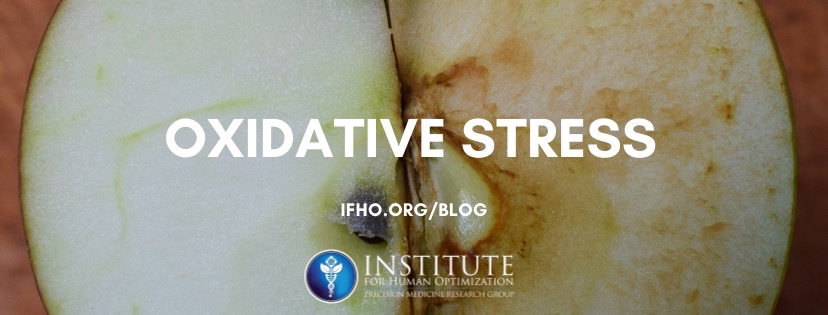


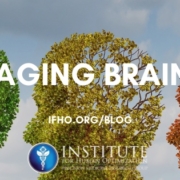
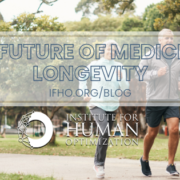

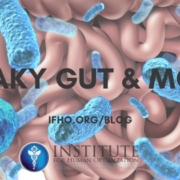
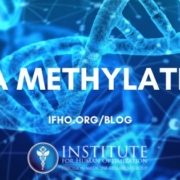 IfHO
IfHO


 IfHO
IfHO
Leave a Reply
Want to join the discussion?Feel free to contribute!